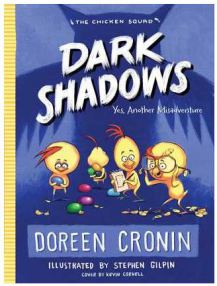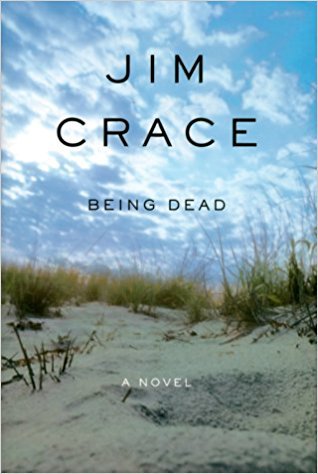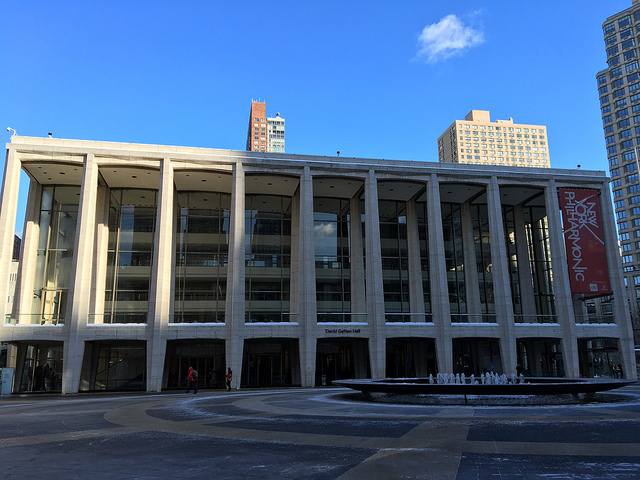Dan Walsh is known for his large-scale geometric work. I was introduced to his paintings at the 2014 Whitney Biennial. At his solo exhibition at the Paula Cooper gallery I was immediately drawn to his large scale square paintings. Not only do they feature geometry, they also present the theme of counting. In the painting “Fin” from 2016 the canvas is divided in to four horizontal rows of varying widths. Thickest on the top with 3 sections divided by black and white parenthesis and narrowest on the bottom divided into six segments.

Fin – 2016
[copyright] Dan Walsh. Courtesy Paula Cooper Gallery, New York. Photo: Steven Probert
“Debut” from 2016 the artist uses the same 3, 4, 5, 6 divisions in horizontal rows but this time groupings of thin lozenge shapes make up the pattern.

Debut, 2016
[copyright] Dan Walsh. Courtesy Paula Cooper Gallery, New York. Photo: Steven Probert
The painting “Circus”, also from 2106, presents a more architectural form. Working once again with rows of varying width this has seems to have more of a subject and background.

Circus, 2016
[copyright] Dan Walsh. Courtesy Paula Cooper Gallery, New York. Photo: Steven Probert
Dan Walsh’s painting style is both precise and systematic, but his choice of numerical subject matter that everyone can relate to creates a joyful imagery.
Susan Happersett
Advertisements Share this:




